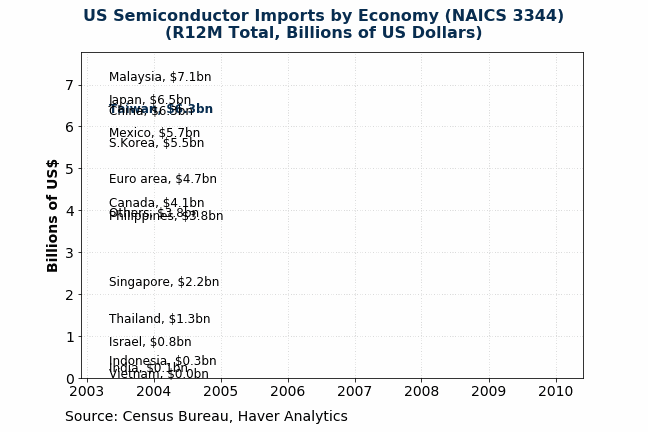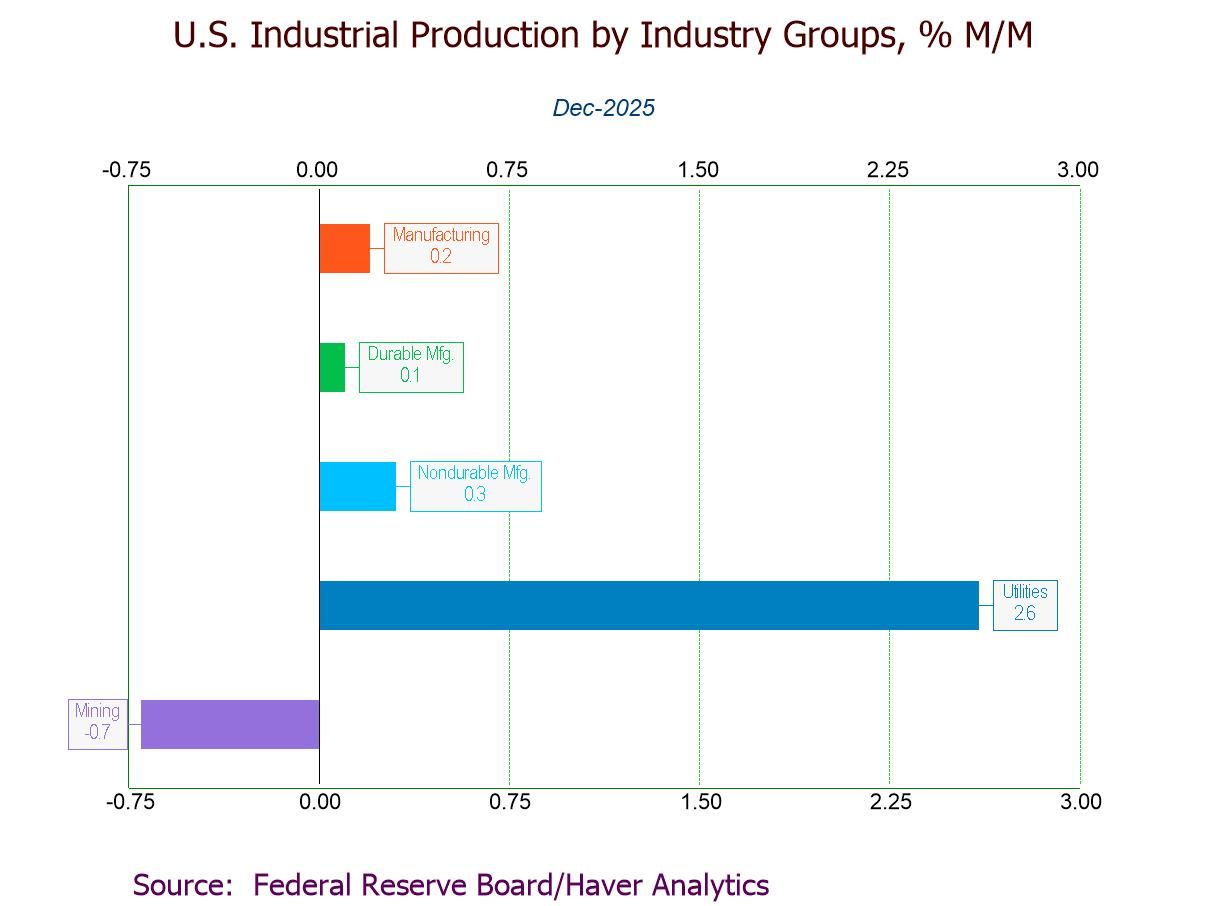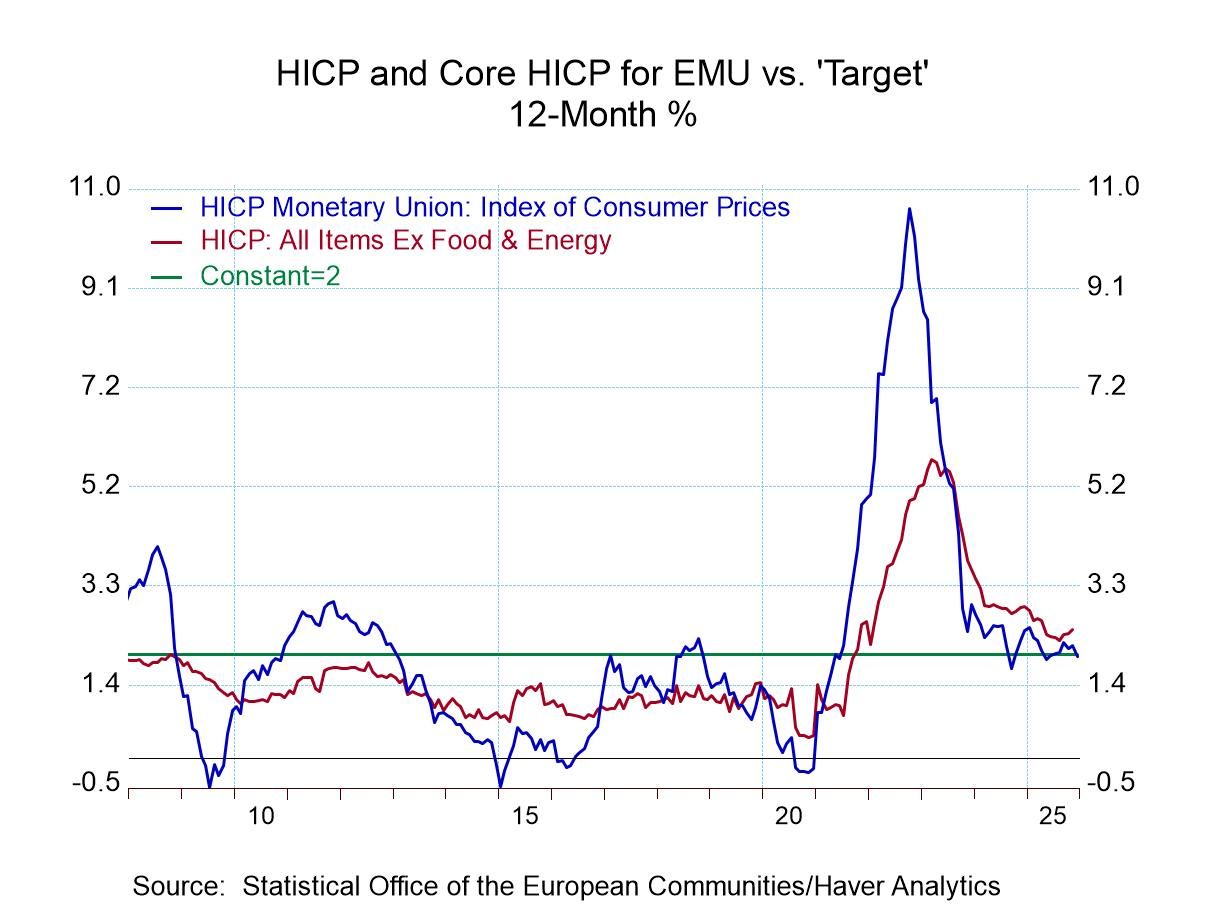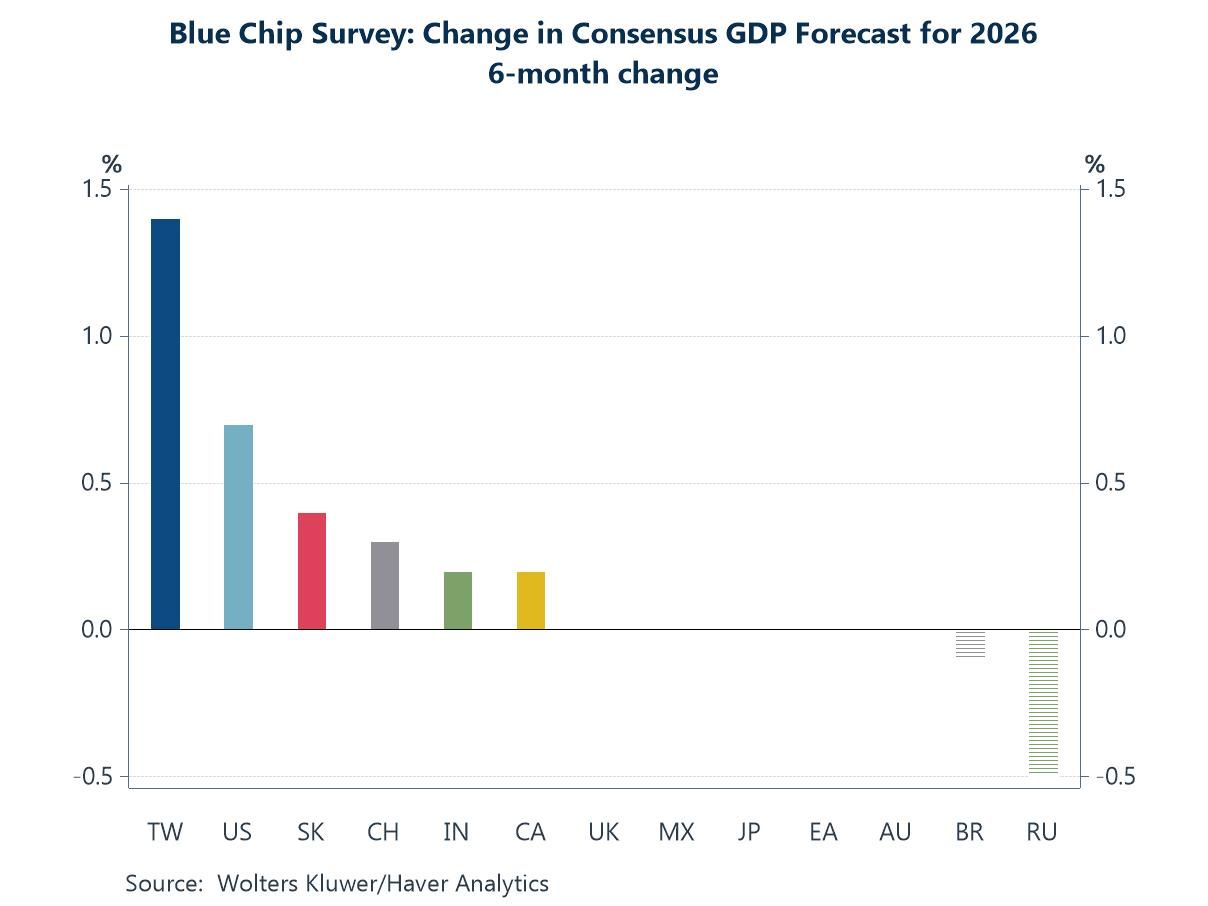 Global| Aug 22 2017
Global| Aug 22 2017FHFA U.S. Home Prices Tick Higher in June
Summary
The FHFA home price tracker is put together a bit more scientifically than the NAR existing home price index. Still, over broad periods, the two indexes track relatively well. Over short periods, they can be quite different. The NAR [...]
 The FHFA home price tracker is put together a bit more scientifically than the NAR existing home price index. Still, over broad periods, the two indexes track relatively well. Over short periods, they can be quite different. The NAR index is not even seasonally adjusted (n.s.a.) even though home prices are extremely seasonal. It is not surprising that the FHFA index is up by a seasonally adjusted 0.1% m/m in June while the n.s.a. NAR existing home median price index is up by 4.7% m/m.
The FHFA home price tracker is put together a bit more scientifically than the NAR existing home price index. Still, over broad periods, the two indexes track relatively well. Over short periods, they can be quite different. The NAR index is not even seasonally adjusted (n.s.a.) even though home prices are extremely seasonal. It is not surprising that the FHFA index is up by a seasonally adjusted 0.1% m/m in June while the n.s.a. NAR existing home median price index is up by 4.7% m/m.
Home prices recently have begun to outrun affordability as affordability dropped by 7.3% y/y in June. FHFA house prices are up by 6.5% over 12 months with median existing home prices up by 6.6% and inflation up by only 1.6%. House prices are moving up faster than inflation, and faster than income growth, and that is causing the tension on affordability.
However, viewed over a long span of time like over the last 13 years, we find FHFA and median existing home prices and inflation are all up by nearly the same amount. FHFA home prices are up by 31.2% over the last 13 years, median existing home prices are up by nearly 32% and the CPI is up by 29.1%.
The chart demonstrates that over the last four years the FHFA house price index has been slowly but steadily accelerating. But the NAR existing home median house price index has been oscillating on a relatively flat trend.
House prices are going to be faced with a challenge. Not only have prices run up faster than income pressuring affordability, but the Federal Reserve is preparing to hike short-term interest rates again, probably in December. As short-term rates rise, longer-terms rates generally gravitate up to a higher level as well even though they may not rise step for step with shorter maturity rates. With affordability already under pressure and with house prices rising faster than income, the upward move in home prices is almost certainly set to back off. Depending on how fast the Federal Reserve moves rates up and by how much it ultimately hikes rates, rising mortgage rates will put downward pressure on house prices through their impact on affordability.
House prices have made a full recovery from their recession sell off, at least in the aggregate. Nationally home prices are hitting new highs. But the U.S. housing market is segmented and there are many smaller markets that have not experienced the extent of the bounce back that we see in the national indexes. The FHFA index, for example, is an index based on the prices of homes actually sold. In markets where activity is stunted or where home owners are underwater with a mortgage value in excess of the value of the house, owners cannot afford to sell the house and take the loss. Those kinds of situations never enter into the FHFA home price index. But where there have been consistent housing transactions, the housing market has made a substantial recovery. Now even those regions are being pressured by actual affordability slipping and by dimmer prospects for rising affordability in the future.

Robert Brusca
AuthorMore in Author Profile »Robert A. Brusca is Chief Economist of Fact and Opinion Economics, a consulting firm he founded in Manhattan. He has been an economist on Wall Street for over 25 years. He has visited central banking and large institutional clients in over 30 countries in his career as an economist. Mr. Brusca was a Divisional Research Chief at the Federal Reserve Bank of NY (Chief of the International Financial markets Division), a Fed Watcher at Irving Trust and Chief Economist at Nikko Securities International. He is widely quoted and appears in various media. Mr. Brusca holds an MA and Ph.D. in economics from Michigan State University and a BA in Economics from the University of Michigan. His research pursues his strong interests in non aligned policy economics as well as international economics. FAO Economics’ research targets investors to assist them in making better investment decisions in stocks, bonds and in a variety of international assets. The company does not manage money and has no conflicts in giving economic advice.






